The United Kingdom, with its rich tapestry of history stretching back thousands of years, is home to an extraordinary array of ancient sites and historical places that beckon travelers and history enthusiasts alike. From the enigmatic stone circles of Stonehenge to the majestic walls of Roman forts, the UK’s landscapes are dotted with remnants of past civilizations, each telling a unique story of the people who built them and the times in which they lived. These sites not only offer a window into the architectural and cultural achievements of ancient societies but also provide a tangible connection to the UK’s diverse heritage. Whether it’s exploring the rugged ruins of medieval castles, wandering through ancient burial mounds, or standing in the shadow of centuries-old cathedrals, a journey through the UK’s historical places is a journey through time itself, offering insights into the events and figures that have shaped the nation’s history.
Get your dose of History via Email
Stonehenge
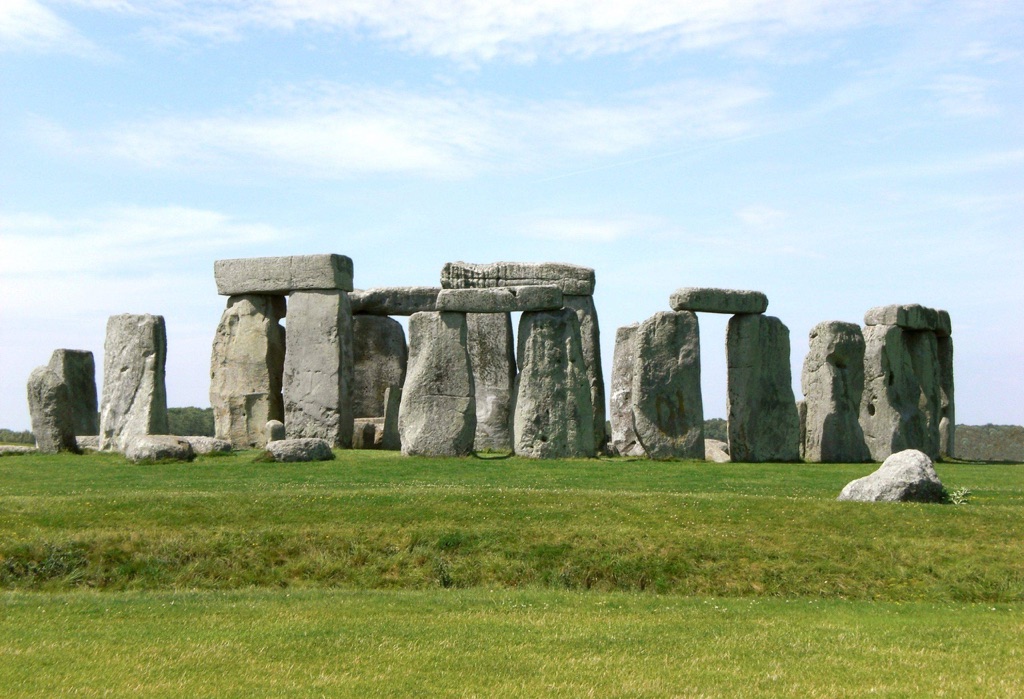
Stonehenge is a prehistoric marvel dating back to 3000 BC. It’s a ring of standing stones, each around 13 feet high. The site aligns with the solstices, showing its astronomical significance. For visitors, the best time to visit is early morning or late afternoon to avoid crowds. There’s an entrance fee, and booking in advance is wise.
Tower of London
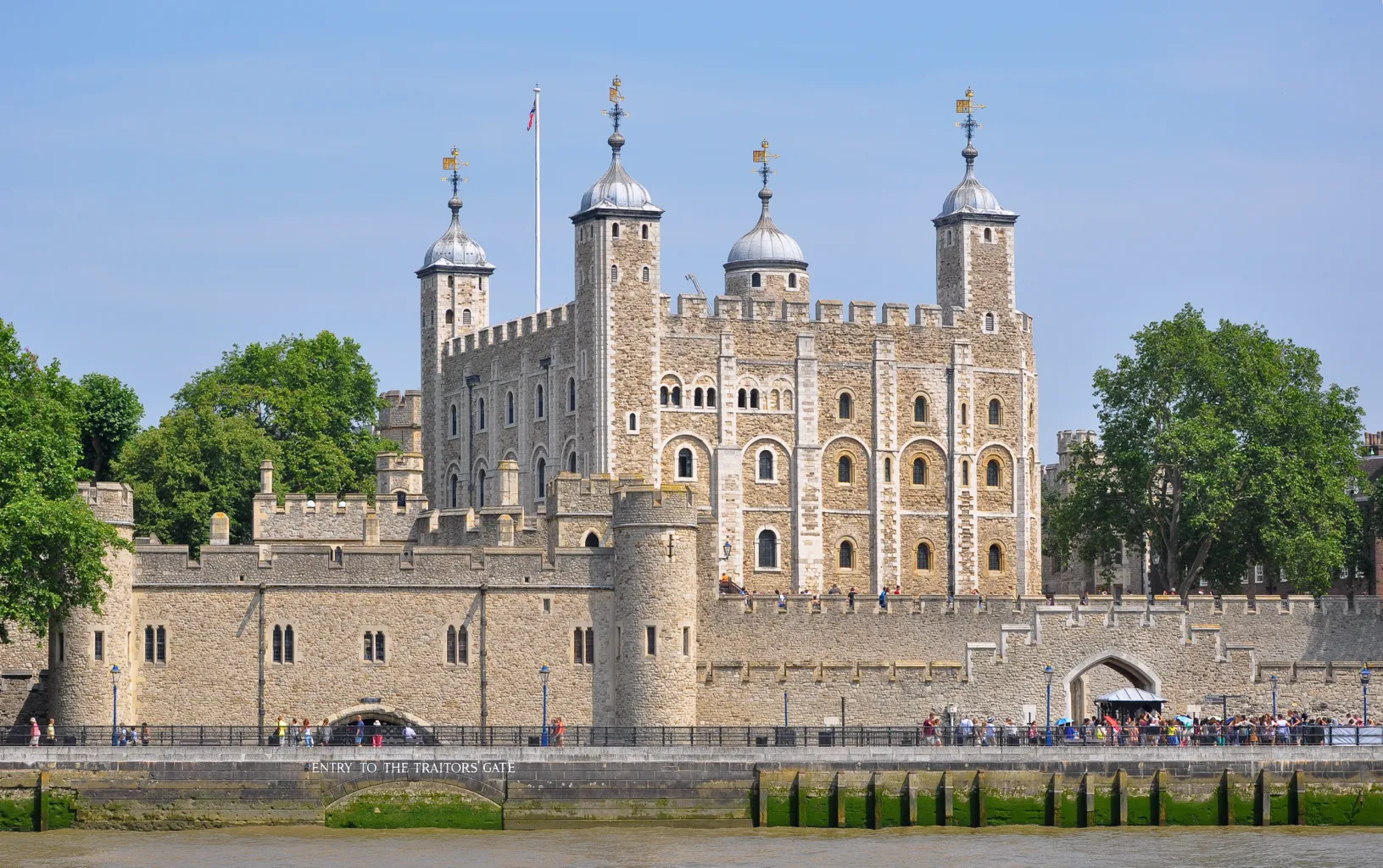
The Tower of London, built in 1078 AD, is a historic castle on the River Thames. It has served as a royal palace, prison, and even a zoo. The White Tower is its most notable structure. Visit this UNESCO World Heritage site early to witness the Crown Jewels without the rush. Entrance fees apply, and guided tours are available.
Hadrian’s Wall
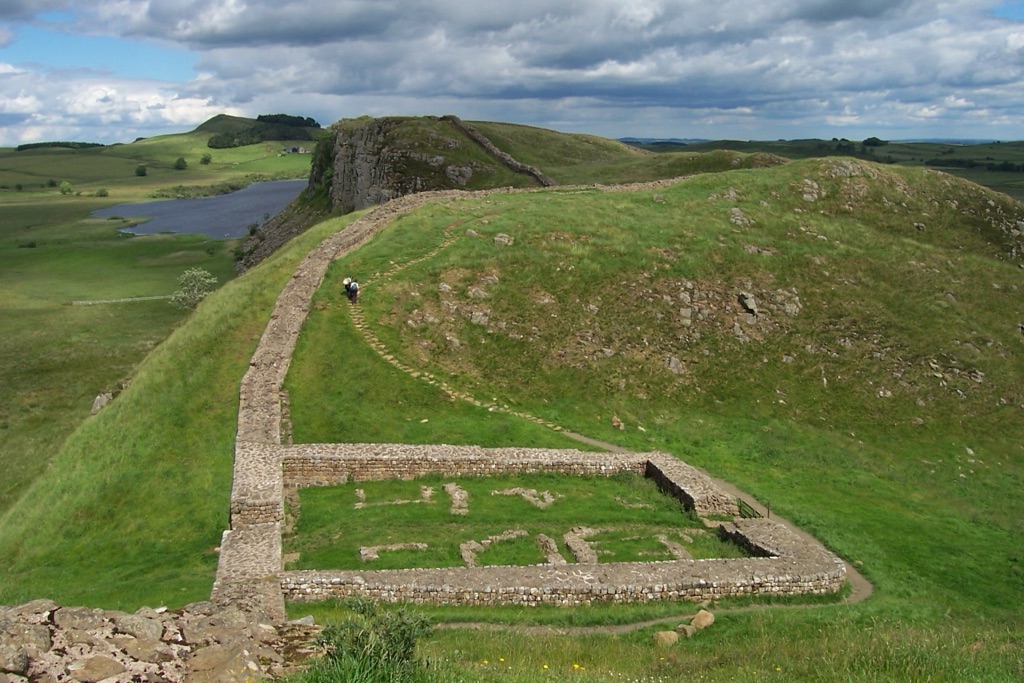
Hadrian’s Wall, constructed around 122 AD, marked the Roman Empire’s northern boundary. This defensive fortification stretches across the north of England. Key features include milecastles and observation turrets. Summer offers the best weather for exploring. While some parts are free, others charge a small fee.
Edinburgh Castle

Edinburgh Castle, with origins in the Iron Age, dominates Scotland’s skyline. The castle, built on a volcanic rock, has been a royal residence and military stronghold. Don’t miss the Scottish Crown Jewels and Stone of Destiny. The best time to visit is during the Edinburgh Festival in August. Entrance fees are required, and booking online can save time.
Bath’s Roman Baths
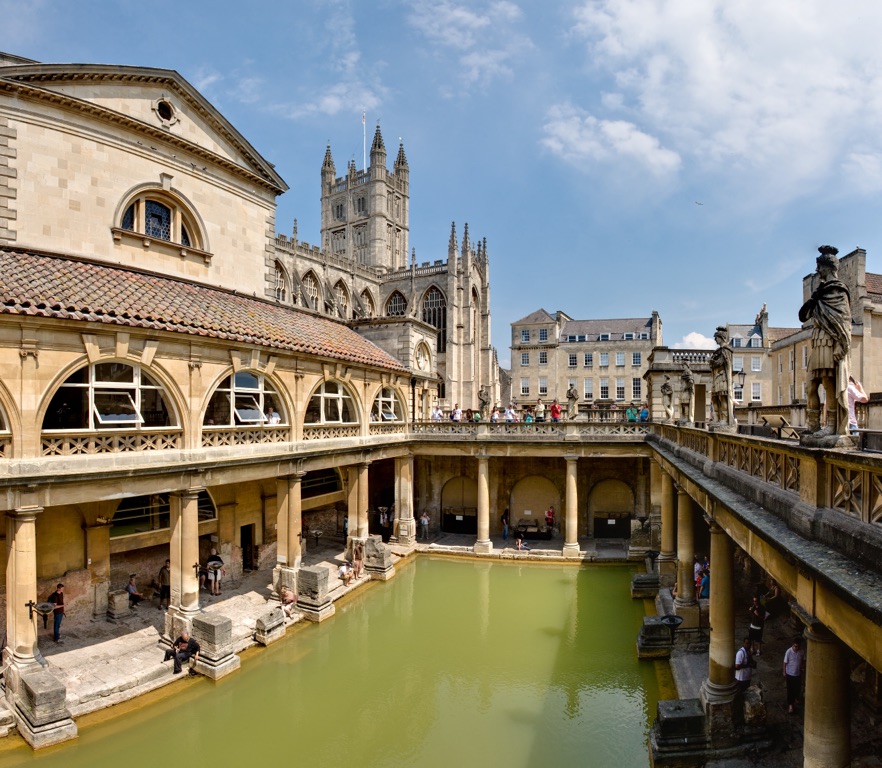
The Roman Baths in Bath, established around 70 AD, are remarkably preserved ancient baths. The Great Bath is the centerpiece, lined with 19th-century statues. Visit early in the morning or late afternoon to avoid crowds. There’s an entrance fee, which includes an audio guide.
Canterbury Cathedral
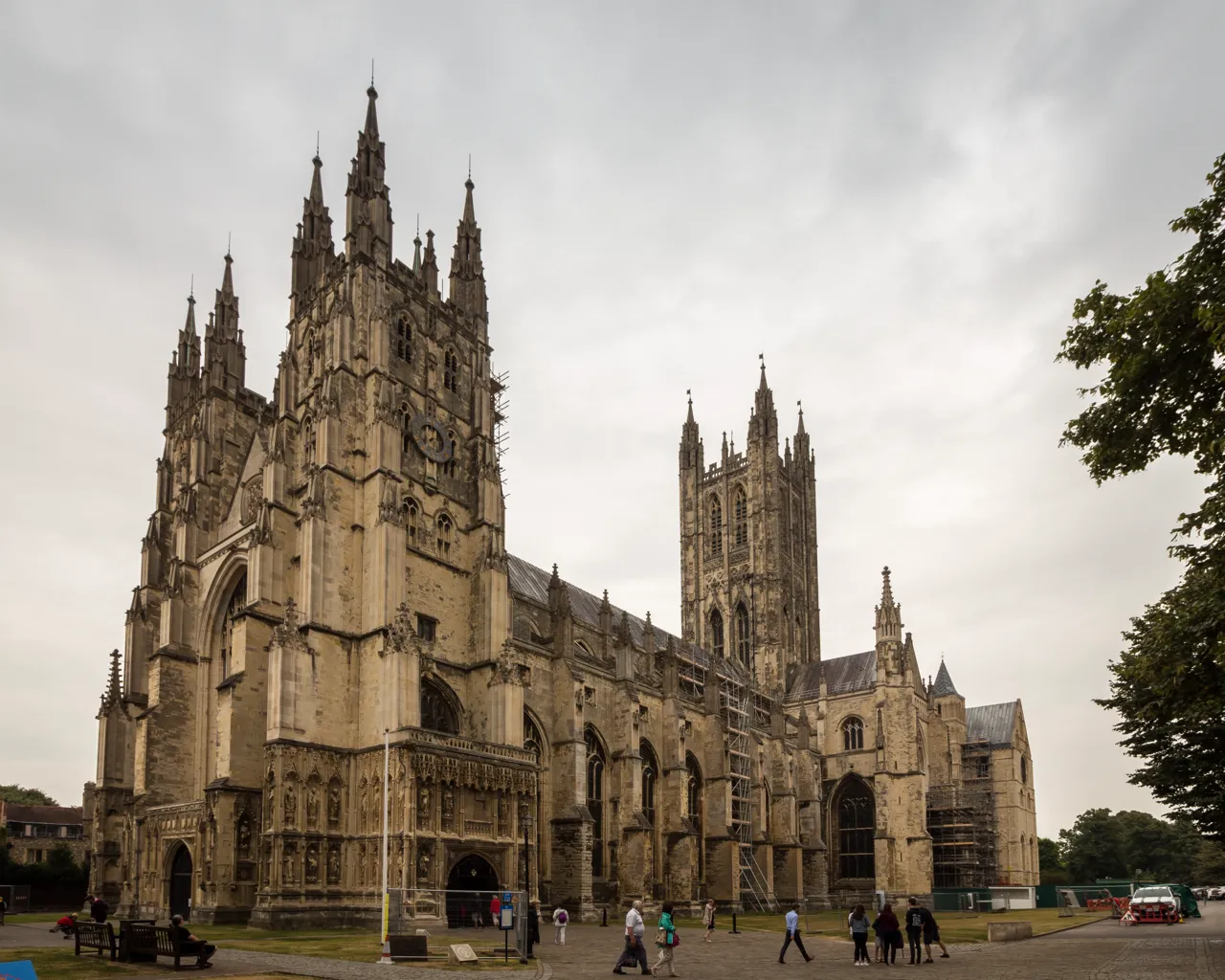
Canterbury Cathedral, founded in 597 AD, is a masterpiece of medieval architecture. It’s the Anglican Communion’s mother church. The Gothic nave and beautiful stained glass windows are highlights. Visit during a choral service for an unforgettable experience. Entrance fees apply, and guided tours are recommended.
Skara Brae
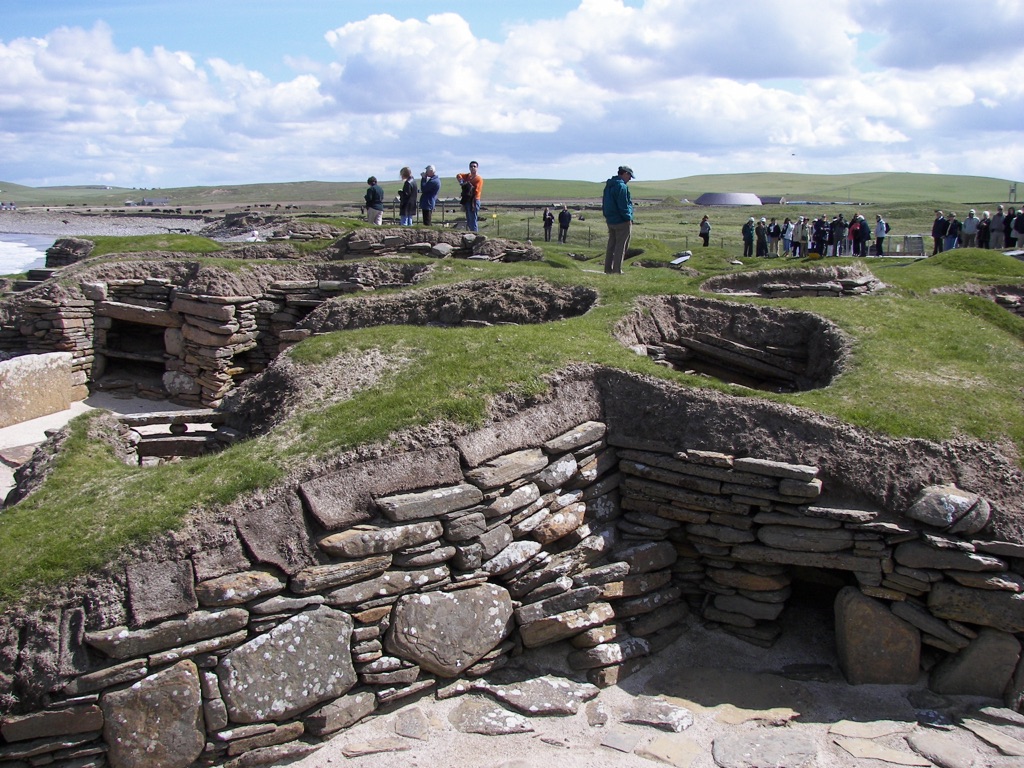
Skara Brae, older than Stonehenge and the Great Pyramids, dates back to 3180 BC. It’s a well-preserved Neolithic village in Scotland. The stone-built furniture shows ancient domestic life. Summer is the best time to visit. There’s an entrance fee, and the nearby visitor center provides context.
Westminster Abbey

Westminster Abbey, founded in 960 AD, is a coronation church and royal burial site. The Gothic architecture and Poets’ Corner are significant. Attend Evensong for a free experience of the Abbey. Otherwise, entrance fees apply, and visiting early in the day is best to avoid crowds.
Ironbridge Gorge
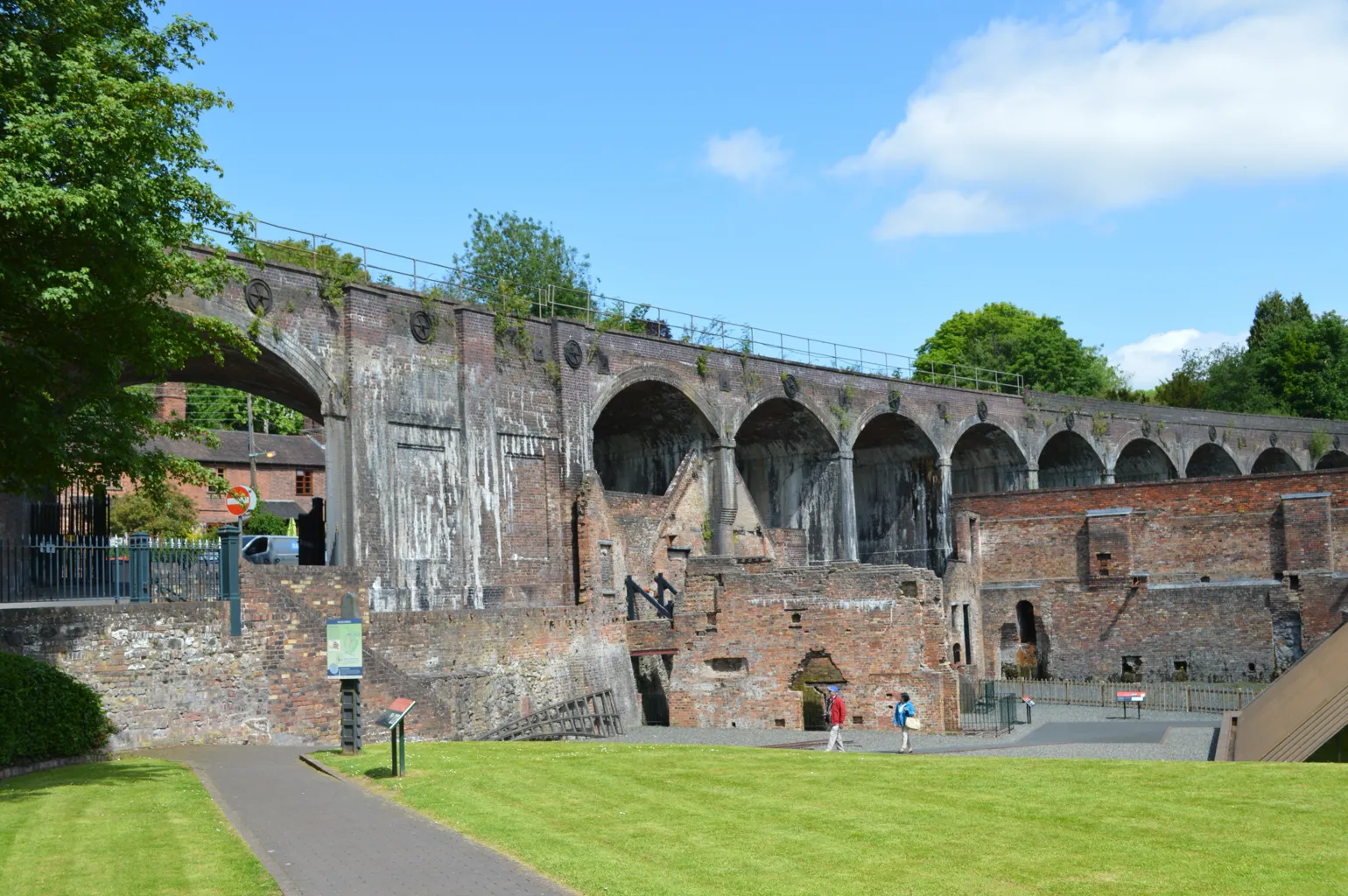
Ironbridge Gorge, known as the birthplace of the Industrial Revolution, features the world’s first iron bridge, built in 1779 AD. The surrounding museums showcase the era’s innovations. Spring or autumn offers pleasant weather for visits. A passport ticket provides access to all museums, offering savings.
Avebury
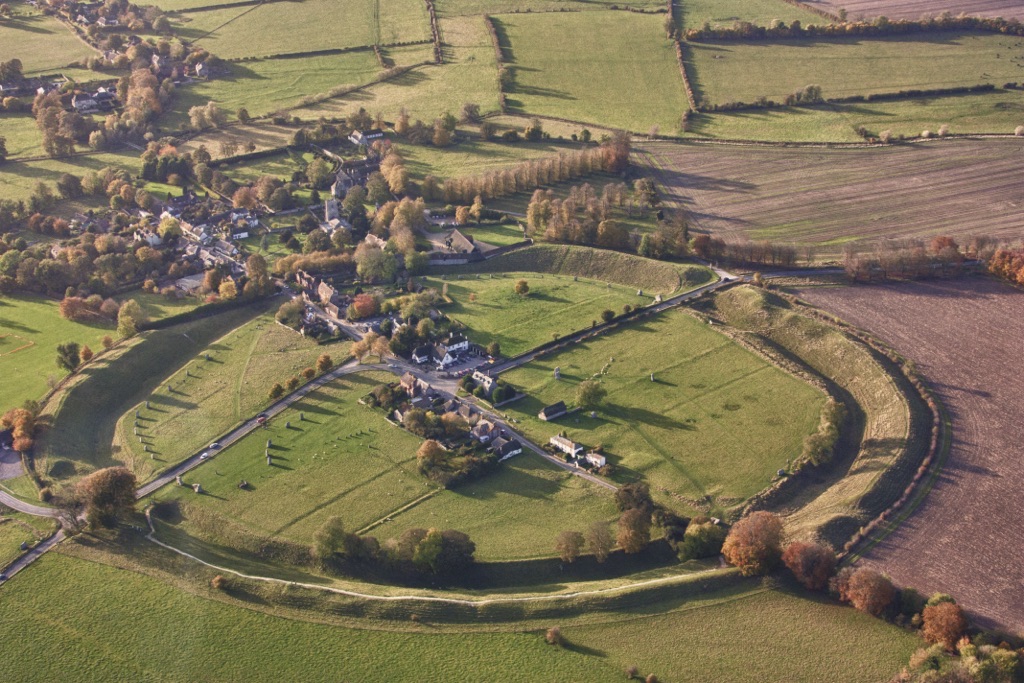
Avebury, a Neolithic henge monument dating back to around 2600 BC, is the largest stone circle in Europe. It’s less crowded than Stonehenge, offering a more intimate experience. Visit during the solstices for special events. Access to the henge is free, but there’s a charge for the nearby museum.

